Part of my PhD research consisted of tree ring analysis on the Arctic dwarf birch, Betula nana. I’ve come to love this species a lot. Even though it is not a tree in the classic sense, the dwarf shrub Betula nana produces a distinct layer of wood along its stem every year. By making very thin cross sections of the stem, you can inspect these rings under a microscope. Betula nana stems remain very small, typically maybe up to a centimeter in diameter. Still, I’ve sometimes found up to eighty-something rings in the wood tissue, indicating that the shrub may be small but quite old. Counting the rings and studying patterns of smaller (little growth) and larger (plenty of growth) rings can tell a lot about what kind of conditions promote and limit growth of woody species.




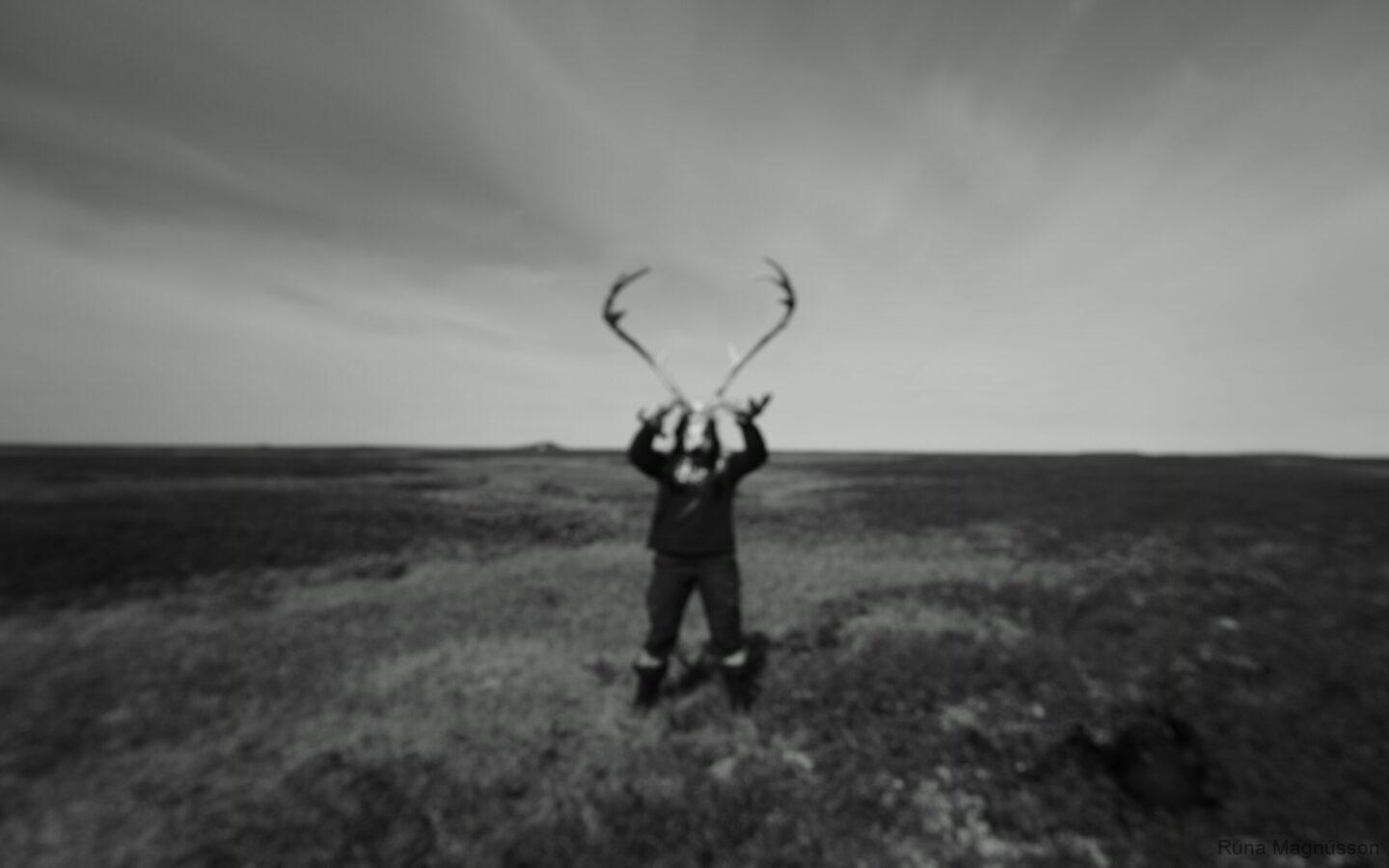
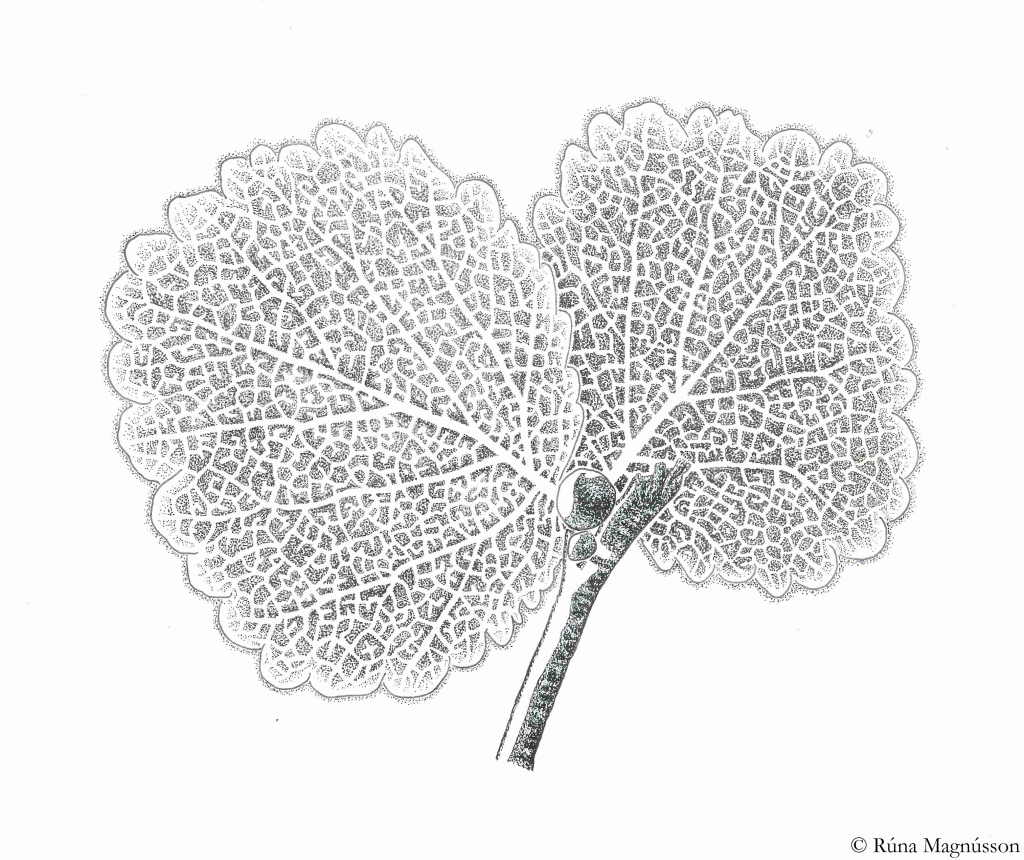
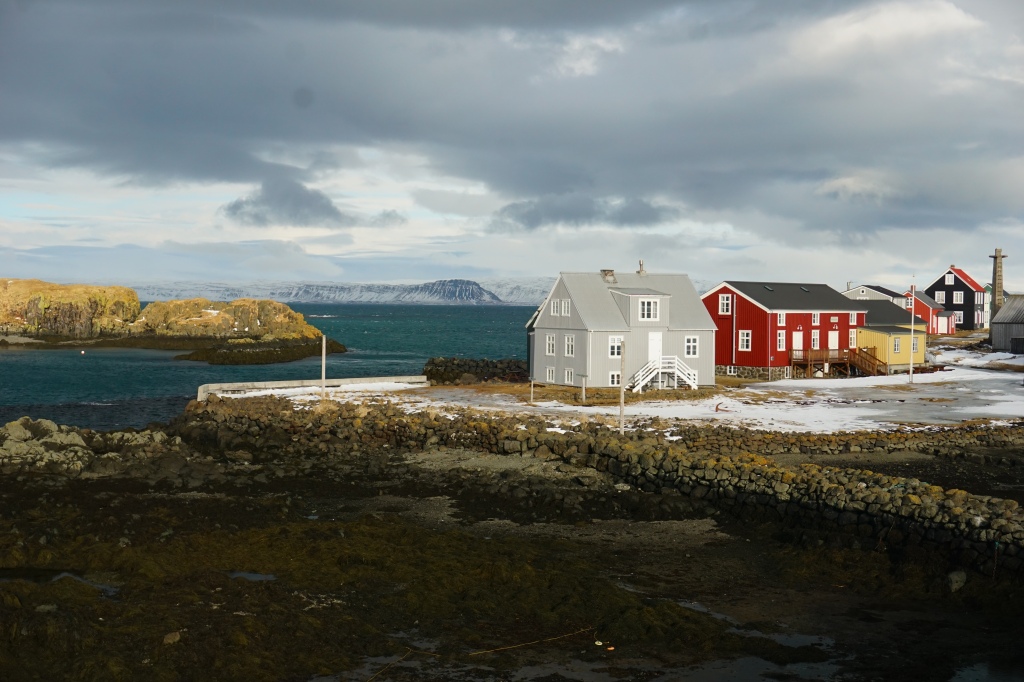
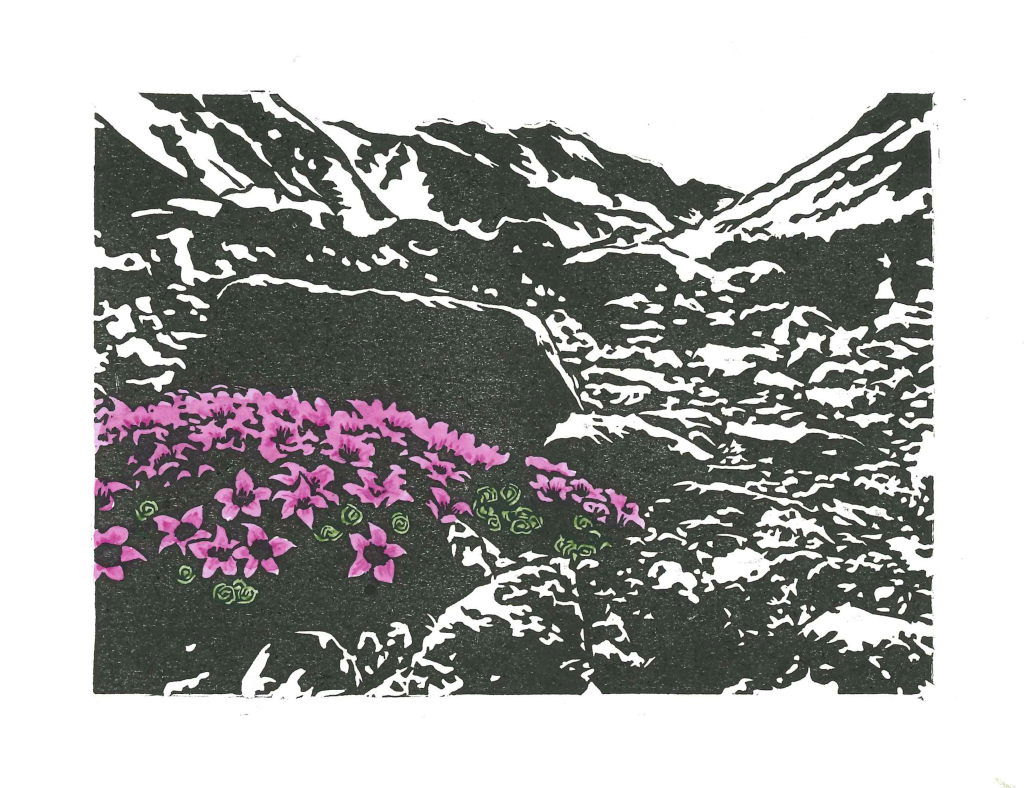
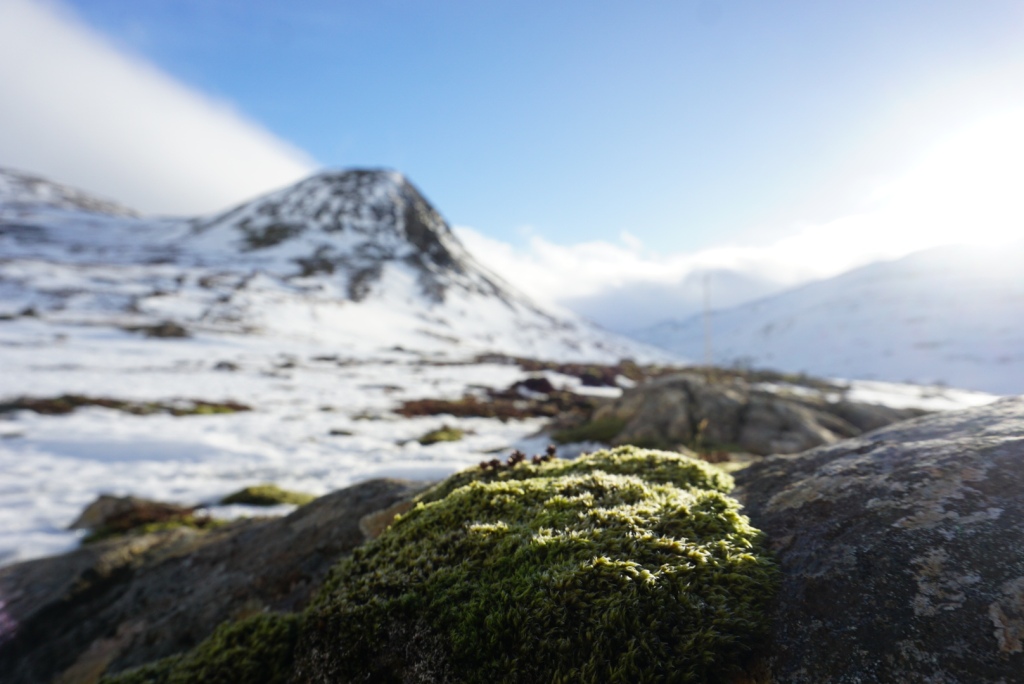

Leave a comment